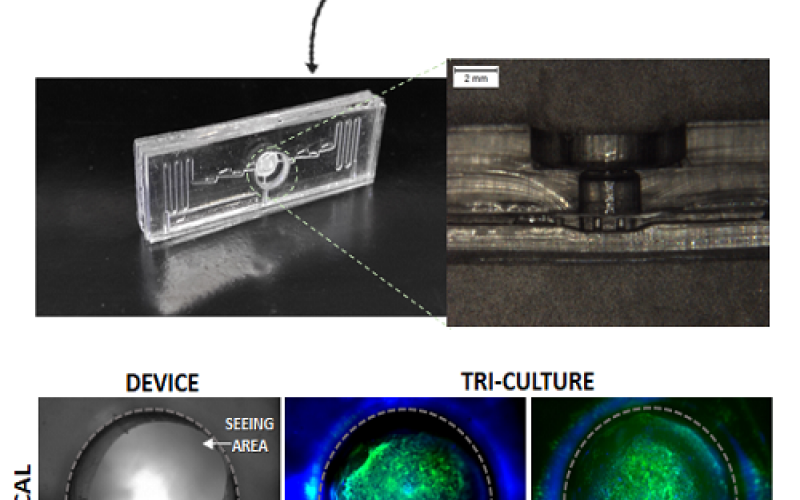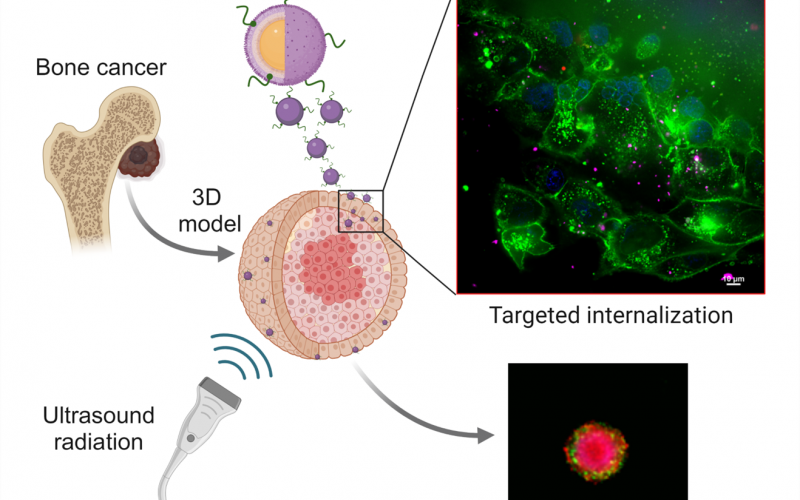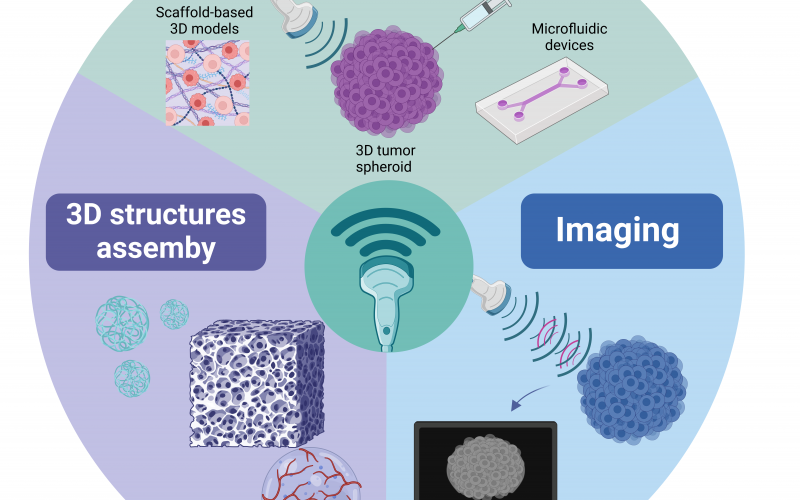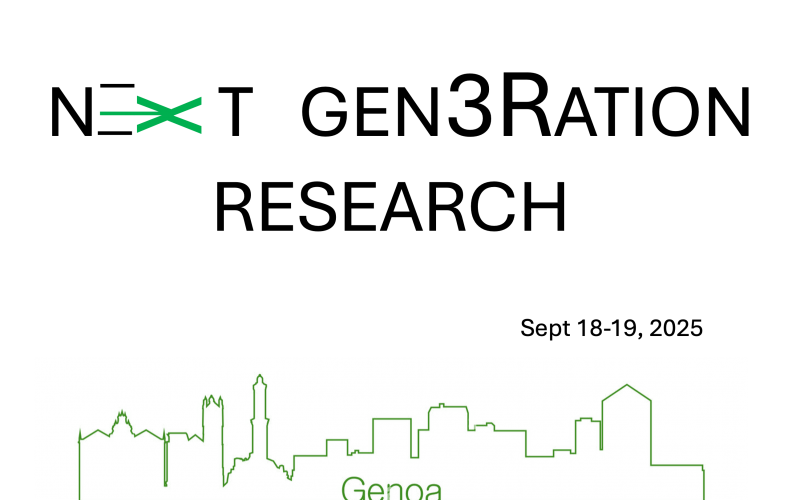- Centro Interuniversitario per la Promozione dei Principi delle 3R nella Didattica e nella Ricerca
Wall Shear Stress Topological Skeleton Independently Predicts Long-Term Restenosis After Carotid Bifurcation Endarterectomy
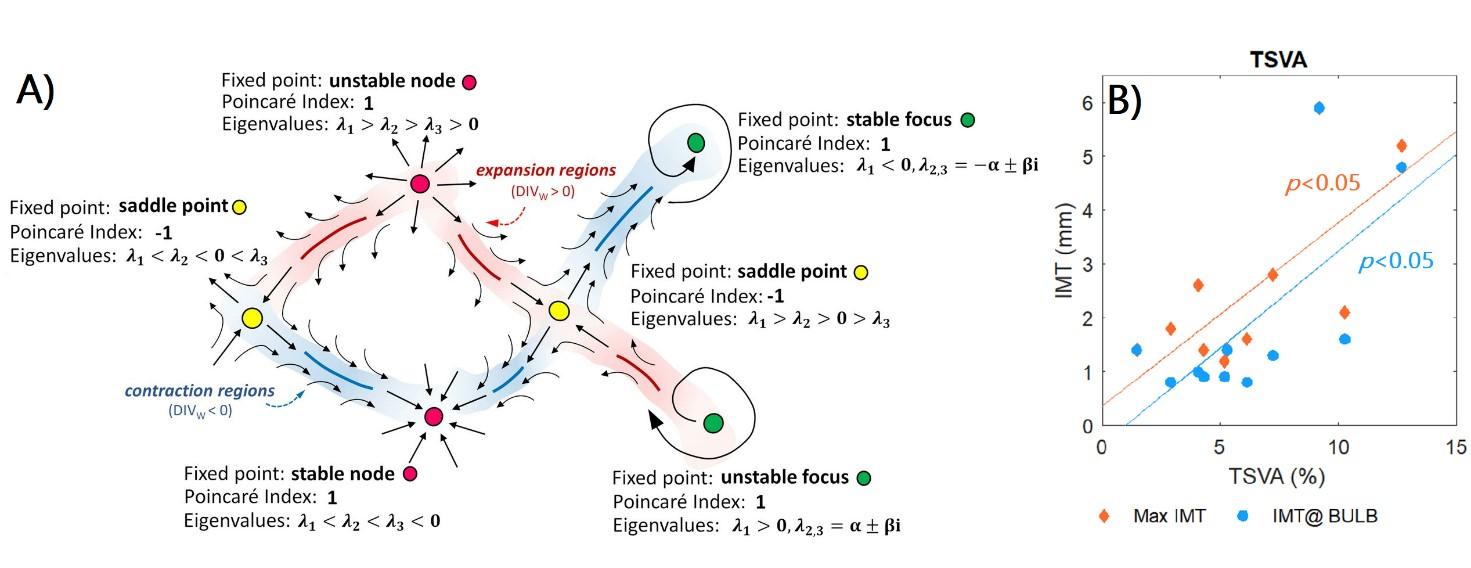
Morbiducci U, Mazzi V, Domanin M, De Nisco G, Vergara C, Steinman DA, Gallo D.
Wall Shear Stress Topological Skeleton Independently Predicts Long-Term Restenosis After Carotid Bifurcation Endarterectomy. Ann Biomed Eng 2020 Dec; 48(12):2936-2949.
In this study, we relied on clinical data from real-world patients in combination with computational hemodynamics. The direct associations between the wall shear stress (WSS) topological skeleton (panel A) and markers of vascular disease in longitudinal data from patients after carotid endarterectomy was investigated. At 60 months after endarterectomy, intima-media thickness (IMT) was measured and correlated with WSS topological skeleton features like the exposure to high temporal variation of the WSS contraction/expansion action (Topological Shear Variation Area, TSVA). The WSS topological skeleton features were able to predict IMT (panel B) and were statistically independent from the exposure to low WSS. Therefore, topological skeleton features might represent a different hemodynamic stimulus with respect to low WSS.

